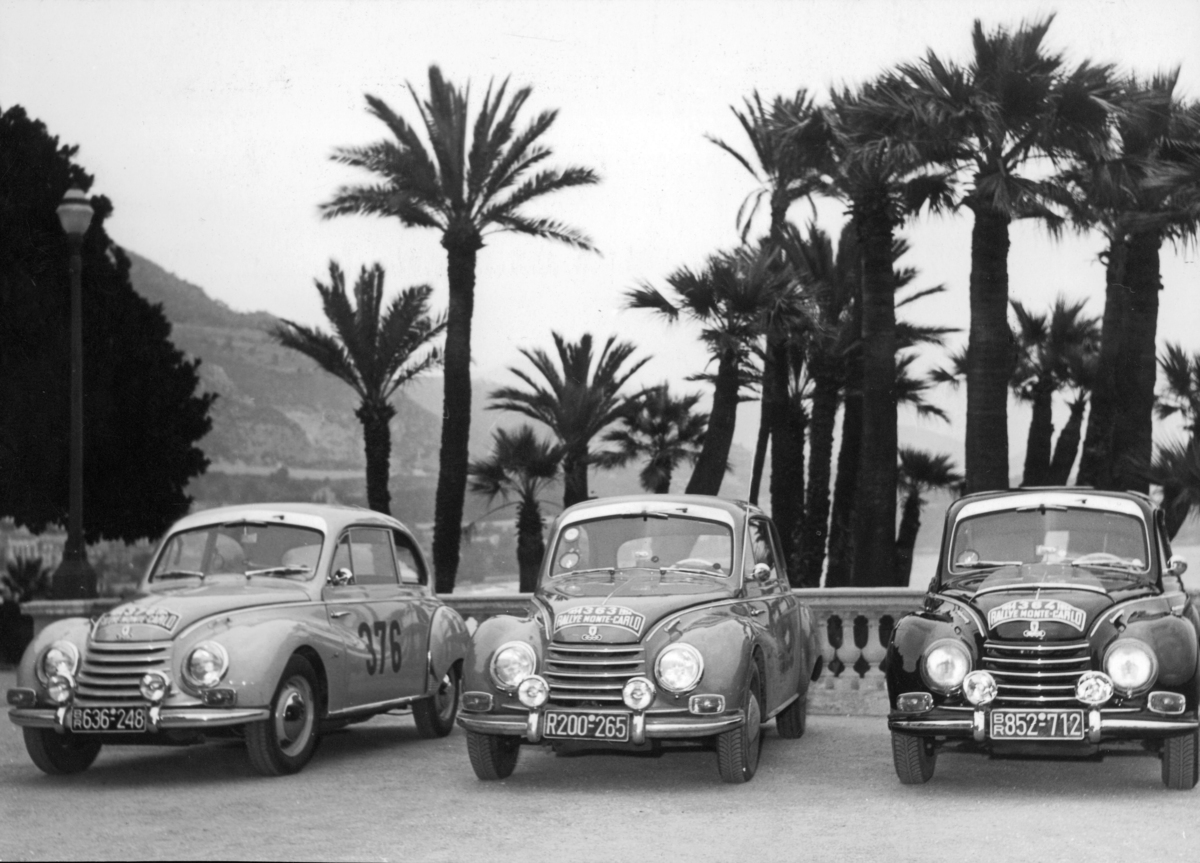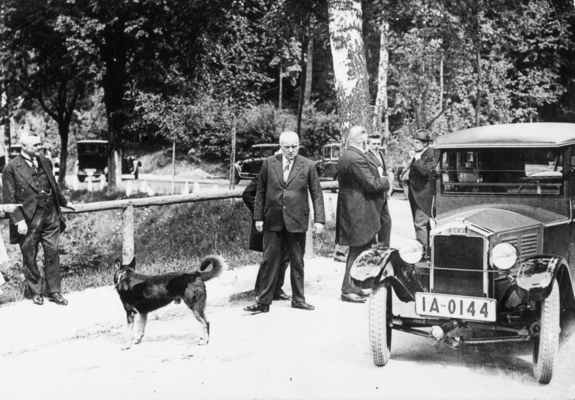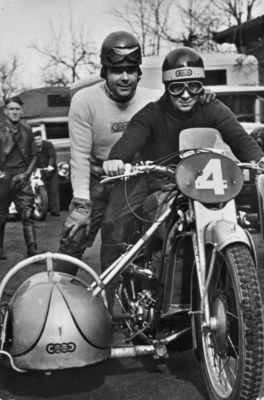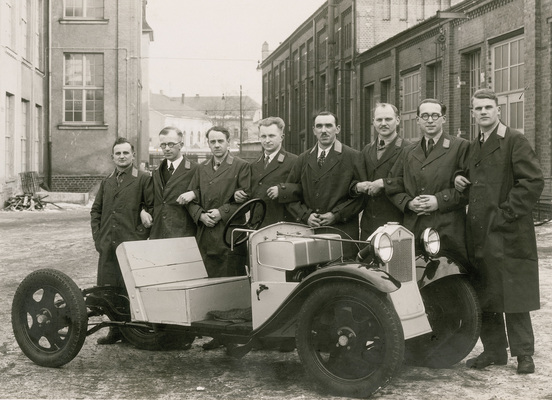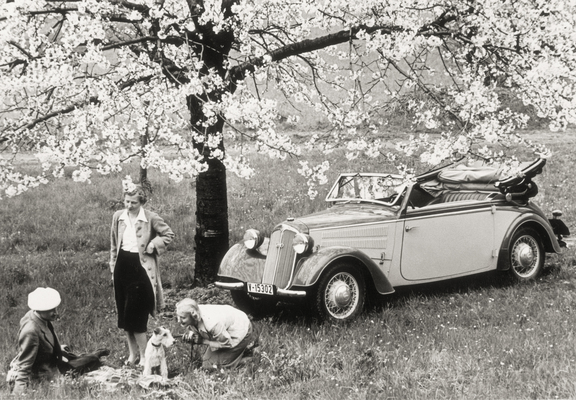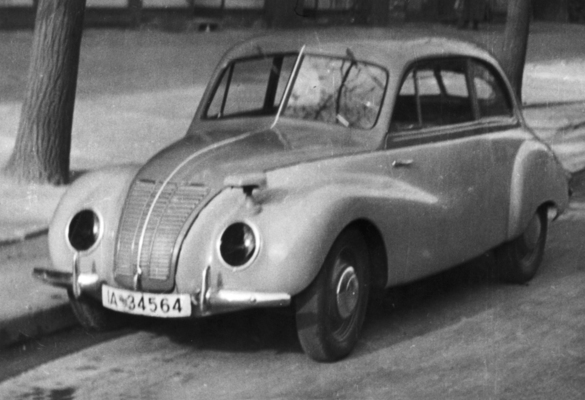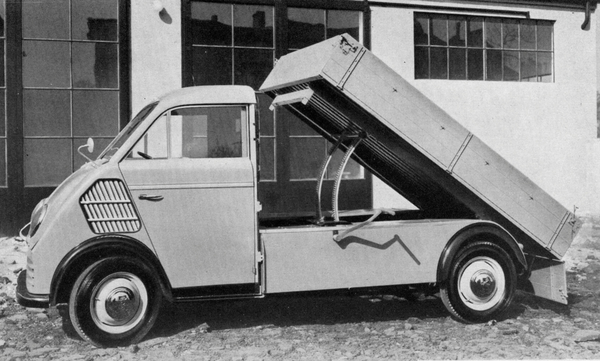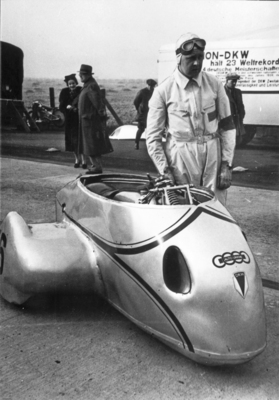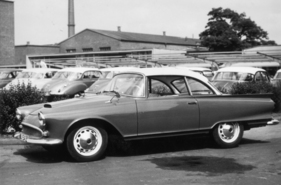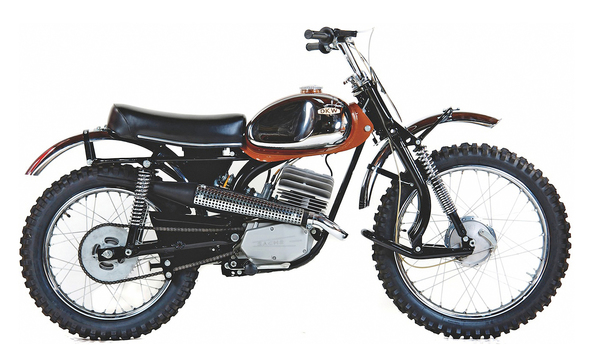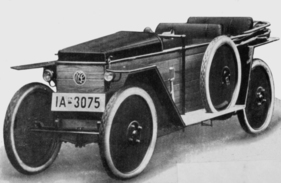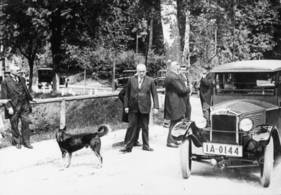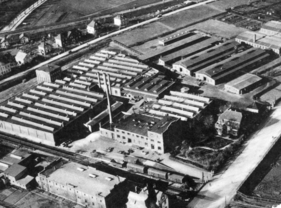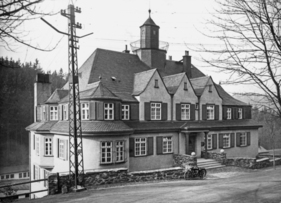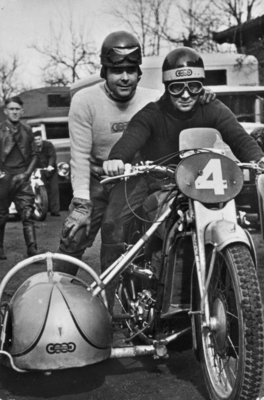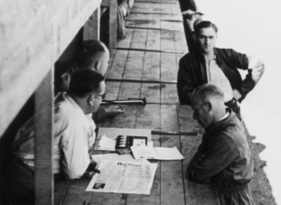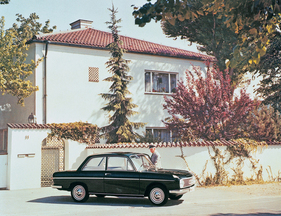More than 50 years ago, DKW production came to an end with the discontinuation of Munga production for the German army. The two-stroke principle upheld by DKW had reached its limits. The market and customers had become a spoiled society. Just in time, Auto Union had turned the tide with the help of Daimler-Benz and was now producing vehicles with four-stroke engines, which were to write a meteoric success story over the next 50 years under the name of the pre-war Audi brand.
But the history of DKW still seems to have faded too little for a book to be written about it. DKW and Auto Union expert Frank Rönicke has revisited the DKW story.
On the subject of DKW
The story of DKW has been told many times before. "DKW - the history of a global brand" by Siegfried Rauch, a first-hand book so to speak, Rauch was a manager at DKW for decades. Or "DKW-Automobile" by Thomas Erdmann are standard works on the type and company history of DKW. Formerly the largest motorcycle factory in the world and a pioneer of front-wheel drive in automobiles, DKW vehicles are considered robust, innovative and even sporty, even if they don't always appear that way. It will be interesting to see whether Rönicke's book can make a further contribution to the history of the vehicle and the company.
Skill comes from knowledge
Frank Rönicke knows his way around the subject. That is the best prerequisite for a monobrand history. He not only knows the history of the vehicle, but also knows the deep background of the company's history. This characterizes his book, makes it exciting and varied and thus actually provides many additional insights into the history of DKW, which began shortly after the First World War with motorcycle production and whose automobile production ended shortly after the takeover by Volkswagen 50 years later.

Within these 50 years, the history of DKW takes up over 300 pages. And it is not too little. We had already expressed the wish elsewhere that Rönicke's publications deserved more than 100 pages.
The division
The author divides the book into two parts: On the one hand the "DKW motorcycles", on the other the "DKW automobiles". This is a wise approach, as it allows the reader to remain within the two fundamentally different business sectors and thus follow the respective topic through development trends, sporting events or the turmoil of war to the protagonists. The history of motorcycles accounts for a good 160 pages, while automobiles are covered in just under 100 pages.
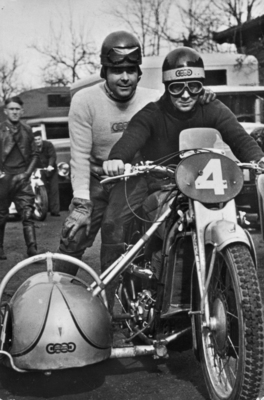
The DKW engines and units are also listed in an appendix, including fire engines and other operational engines. In addition, Rönicke cannot avoid documenting and commenting on the countless copies of DKW motorcycles all over the world after the Second World War in a detailed photo series. All in all, it seems competent and complete.

A book for DKW connoisseurs
Rönicke writes about what he knows - and he knows a lot. His book is really characterized by its condensed type history and the interwoven company history. Even those who know a lot about DKW and Auto Union can still discover, decipher and benefit from a lot here.

As usual with DKW, Rönicke begins with the development of the steam-powered car during the First World War, which was intended to make the company founder Rasmussen, who came from Denmark, independent of fuel shortages. And at the same time gave the vehicle brand its name. The information on this introduction alone provides some important new insights that are not covered in such detail in the books mentioned above. And is proof of the author's meticulous research and level of knowledge. Compared with the confusion of some Porsche books, especially on the origins of the company, where one immediately doubts the factual content of all the following pages, the introduction here forms a solid basis for reading on with confidence.
Enriched with a wealth of detailed knowledge
The book continues confidently on this basis. The author traces the development of the DKW two-wheeler brand in detail, from the first bicycles with auxiliary engines to the world's largest motorcycle factory in the 1930s. He portrays each model, provides the background for the technical development and has a list of the types with the technical data in the right places, thus ensuring a good overview.

Rönicke takes the same approach to vehicle production. The very first driving tests with the electric car by Dr. Rudolf Slaby form the starting point for the history of DKW automobiles. This is followed by the chronological development of the models before and after the Second World War. Always well explained in the text, well illustrated with numerous pictures and well rounded off thanks to informative tables and statistics. Rönicke also seems to be particularly proud of DKW's motorsport successes, as the author devotes a valuable part of his attention to both motorcycles and automobiles.
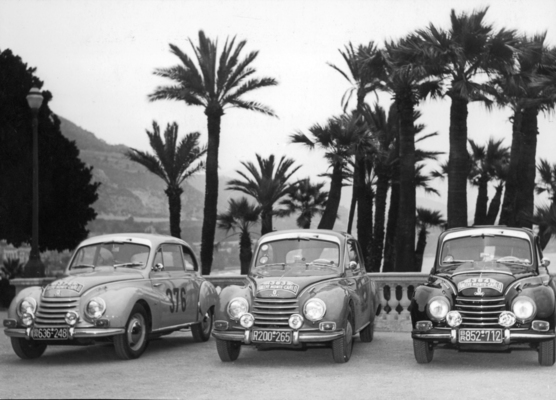
Not without good reason, because DKW's successes were considerable and are not so easy to trace in this form from the specialist literature. It is precisely this detailed knowledge that distinguishes Rönicke's DKW book.
Conclusion
Frank Rönicke pays tribute to a brand that has long since disappeared. He likes to include the nimbus of a "legendary" brand in the subtitle. And that is no exaggeration - DKW motorcycles in particular had a great reputation throughout the world before the Second World War. The automobiles were also able to achieve this, especially as pioneers of front-wheel drive in the 1930s, and thanks to Auto Union they were able to prove it with innovative solutions.
The DKW F9 in particular, developed as a competitor to the KdF car, was far ahead of its time shortly before series production began in 1940. However, its laborious start in East and West was only possible 10 years later, by which time the intended competitor was already on the road to success. The author succeeds in telling this mixture of model and company history easily and documenting it comprehensively.
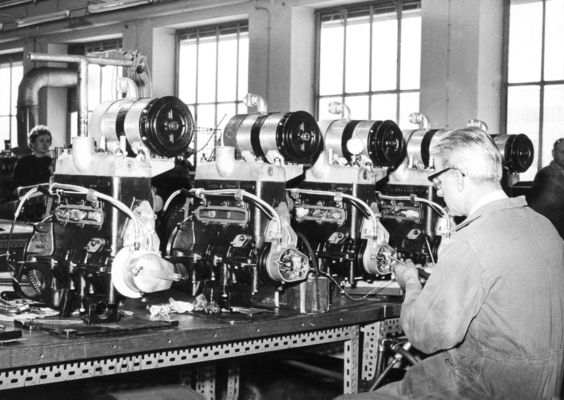
Over 700 pictures, some of which are already known from older publications on the subject, significantly enrich this brand history. The organization of the book, coupled with the chronological treatment of the complex type and company history, provides a comprehensive insight into the history of DKW. In many places, this history is enriched by short biographies of important protagonists. All in all, Rönicke succeeds in making an important contribution to the history of the company even 50 years after the end of production, thanks in particular to his profound knowledge of the DKW brand. For this, € 39.90 is money well spent for an exciting read about a long lost but still not forgotten brand.
Picture credits: Archiv Rönicke, Rasmussen GmbH, Peter Wenzel, Lothar Spurzem, Alvermann-Oldtimer, Oldtimerdienst Chemnitz, earlymotors.nl, Christian Zöttl, Heinz Herz, Unternehmensarchiv AUDI AG, Chr. Späth, Helmut Kraus, Eckhard Henkel, Ernie van der Merve, H. P. Seufert, Arthur Fenzlau.
Bibliographical information
- Title: DKW The history of a legendary brand
- Author: Frank Rönicke
- Language: German
- Publisher: Motorbuch, 1st edition 2018
- Format: Hardcover, 305 x 230 mm
- Scope: 304 pages, 222 color photos and 490 b/w illustrations
- ISBN: 978-3-613-04053-3
- Price: € 39.90,
- Buy/order: Online at amazon.de, online at Motorbuch Verlag or in a well-stocked bookstore
